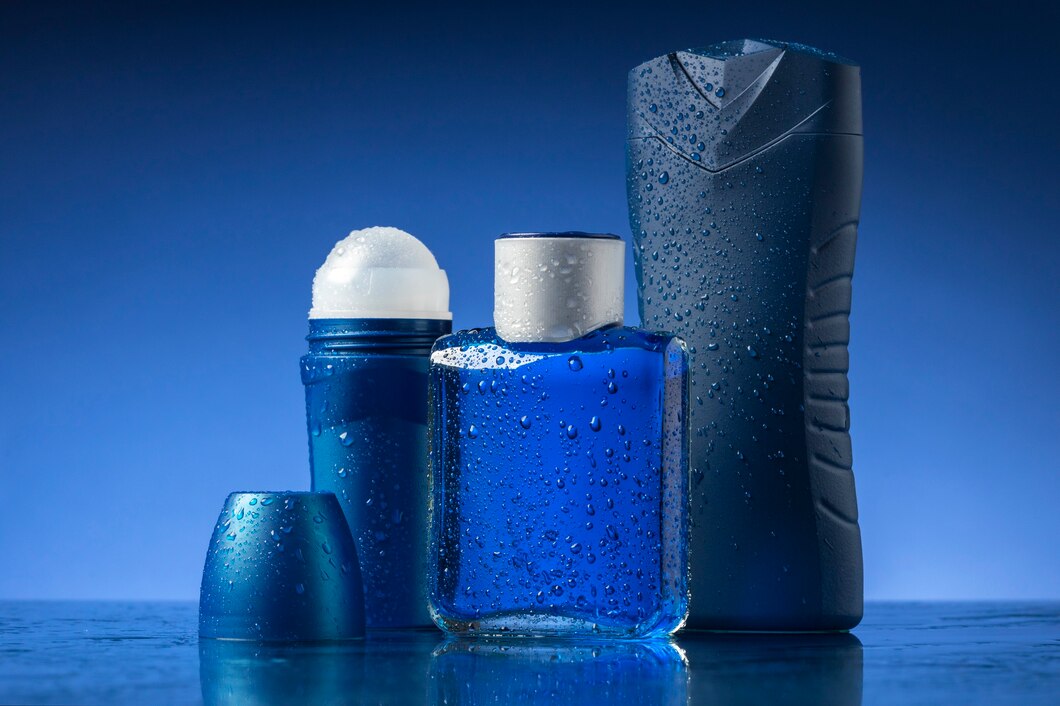Fragrances are filled with diverse aromas that can evoke various emotions and memories. The differences between masculine and feminine fragrances are often more nuanced than expected. While many assume that floral notes belong solely to feminine fragrances, the reality is more complex. Woody undertones, often associated with masculine products, also play a role in this distinction.
Brands have mastered the art of creating scents that speak distinctly to different preferences. Perfume composition involves an intricate balance of ingredients that cater to various tastes. By examining these differences and techniques, it becomes clear how these products maintain unique appeals. This understanding helps reveal the artistry involved in crafting aromas for specific audiences.
Understanding the Core Elements of Masculine and Feminine Aromas
Masculine and feminine aromas often differ significantly in their choice of ingredients and the moods they aim to evoke. Masculine varieties usually incorporate earthy elements such as sandalwood, cedarwood, or leather, lending a rich, robust feel that resonates with strength. In contrast, feminine products tend to use floral, fruity, or sweet notes like rose, jasmine, and vanilla, evoking feelings of softness and warmth.
There is also a difference in the concentration and projection of these products. Masculine types favor heavier, long-lasting elements, while feminine ones often prioritize lighter, delicate compositions that feel more intimate. However, modern trends reveal an overlap, with brands experimenting to create unisex varieties that blend both masculine and feminine characteristics.
Marketing Techniques to Differentiate Aromatic Profiles
Brands employ unique marketing techniques to establish a clear distinction between masculine and feminine aromatic profiles. Packaging often serves as the first visible cue, with masculine products encased in dark, robust bottles, while feminine options feature lighter, more delicate designs. This visual distinction helps consumers connect with the product before even experiencing the scent itself.
Advertising strategies vary greatly as well. Masculine products are often promoted with themes of adventure and resilience, featuring rugged, bold imagery. Conversely, advertisements for feminine options emphasize themes of romance and grace, using softer visuals and color schemes. By tailoring these messages, brands cater to the psychological preferences of different consumers.
Techniques for Maintaining a Unique Identity
Beyond marketing, brands rely on specific techniques to maintain unique identities. One popular technique is the use of exclusive ingredients. Certain ingredients are synonymous with masculine products, like vetiver or musk, which are rarely found in feminine varieties. Likewise, feminine aromas may use floral or fruity elements not commonly seen in masculine products, such as peony or peach.
Layering is another technique used to distinguish scents. Masculine varieties typically incorporate a blend of base, middle, and top notes that unfold over time, creating a complex profile. This structure often begins with an earthy base, followed by spices or herbs, and finishes with fresh top notes. Feminine varieties might start with lighter top notes that lead to a floral heart, finishing with sweet or powdery bases. This approach ensures each product maintains a profile that is easy to distinguish.
The Role of Signature Scents
Signature scents play a pivotal role in establishing a product’s identity. Many brands develop a hallmark aroma that reflects their aesthetic and appeals to a specific audience. For instance, a brand catering to a predominantly masculine market may combine leather and tobacco elements, conveying strength and ruggedness. In contrast, a feminine-focused brand may opt for rose and vanilla, designed to evoke charm and sophistication.
This strategic approach helps each product maintain its appeal, ensuring that it resonates with the target audience. Over time, these signature scents become synonymous with the brand’s identity, fostering loyalty among consumers who identify with the essence these products evoke.
The Rise of Unisex Aromas
While traditional distinctions between masculine and feminine products remain, there is a growing trend toward unisex aromas. Many brands now explore scents that blend elements of both categories, creating versatile options suitable for any gender. These unisex products often feature a balanced combination of earthy, spicy, floral, and fruity notes, appealing to a broader range of tastes.
This shift is driven by evolving consumer preferences, as more individuals seek products that reflect their personal identity rather than conform to traditional norms. By embracing this trend, brands can reach a wider audience and showcase their ability to innovate within the industry.
The distinction between masculine and feminine perfume lies in various elements, including composition, marketing, and signature scents. By understanding these differences and techniques, one gains insight into the artistry behind fragrance creation. While traditional categories remain popular, the industry continues to evolve, offering products that defy conventional boundaries. This adaptability ensures that everyone can find an aroma that speaks to their individuality, whether it aligns with traditional notions of masculinity or femininity, or embraces a more unisex appeal.
Keep an eye for more news & updates on Gossips!




